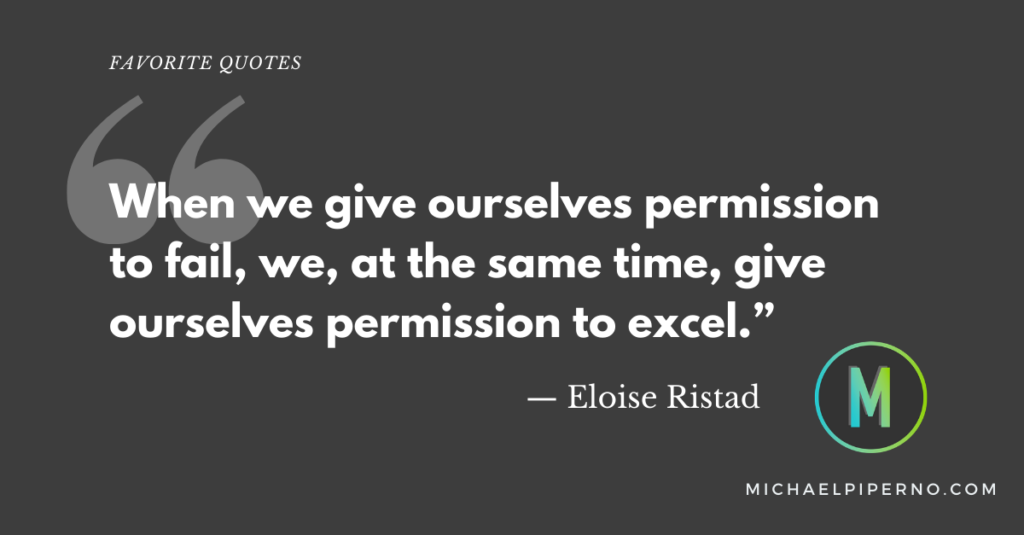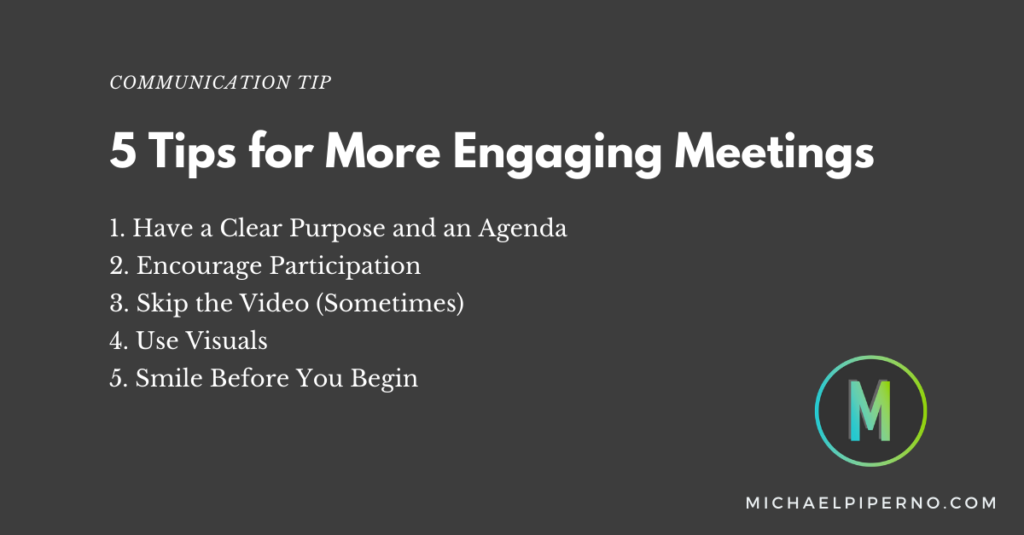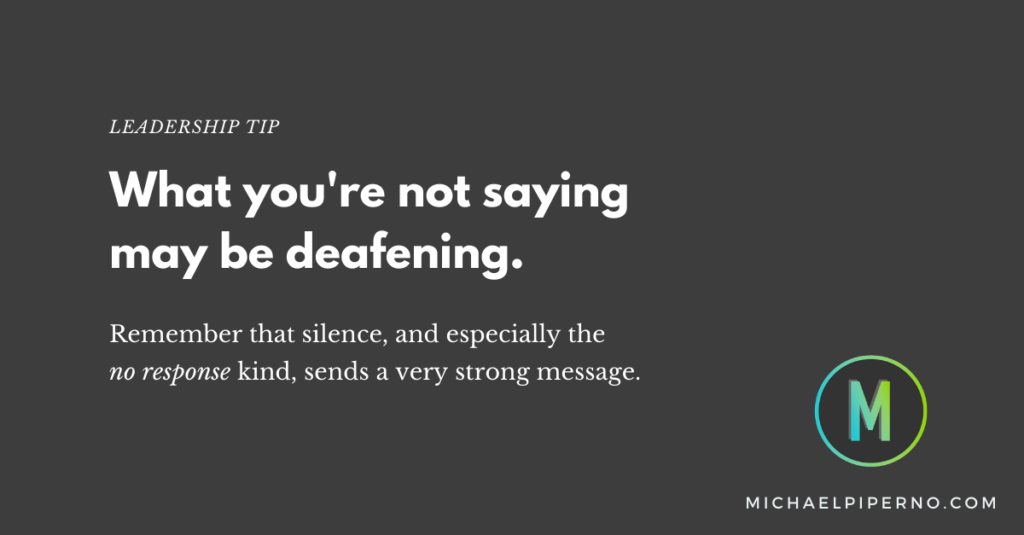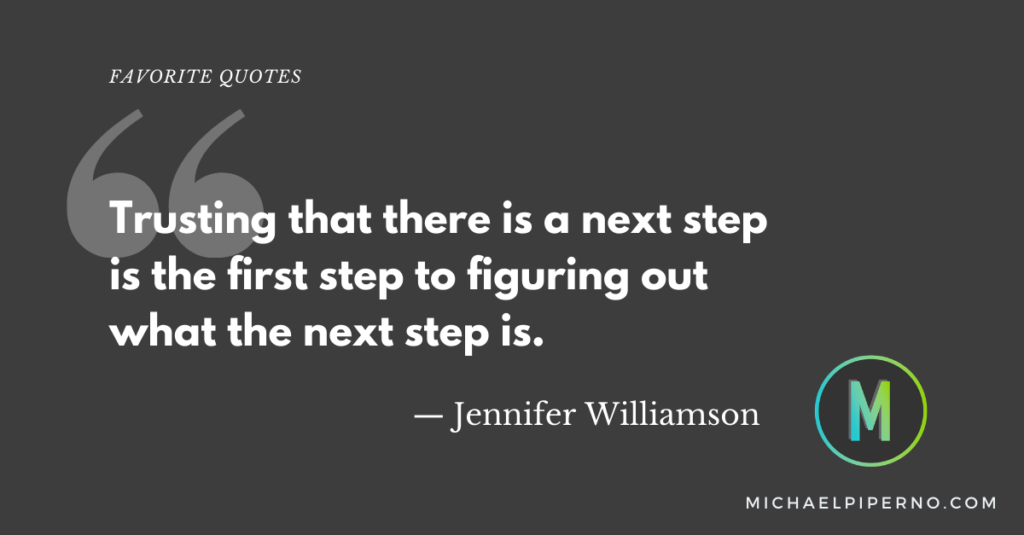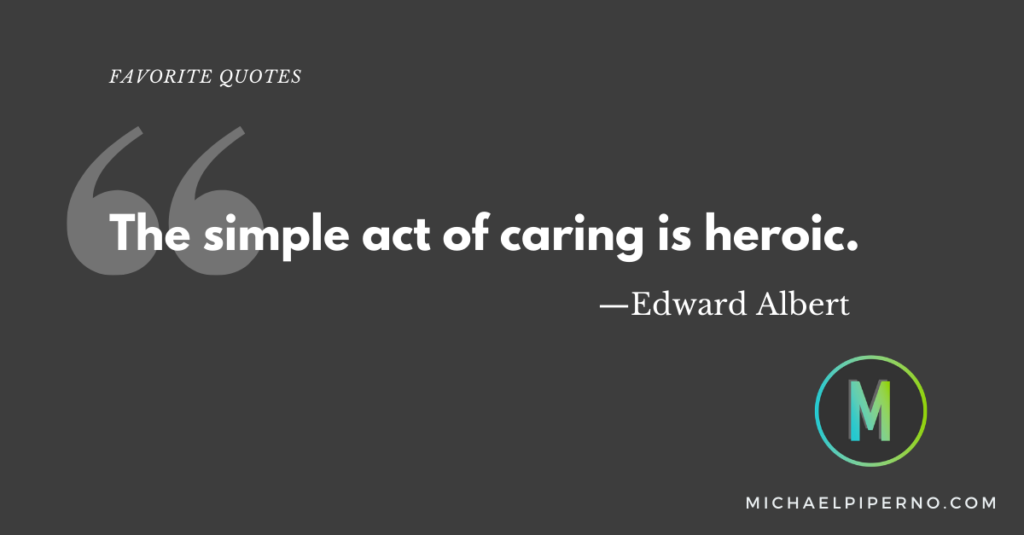As a business leader, entrepreneur, and human being I’ve had my share of failures. When I think back on the massive pile of ideas that I’ve tried to turn into businesses over the years, I’m surprised I’ve only failed several times instead of hundreds.
Let’s see, I started a computer training school that went nowhere. I also built a customized marketing collateral portal that I pumped hundreds of hours (and many dollars) into only to find out it was not a business I could sustain without investors. Oh, and it wasn’t good enough for investors to want to invest in anyway. I’ve got 4 books started and each one I’ve failed to finish. They’re all good (I think). What else? I could go on….
Each of my failures has shaped who I am today. They taught me something about myself, about the marketplace, about technology, about finance — and I’m grateful for each. The lessons I learned by failing, even though it may have stung pretty badly each time, are lessons I never would have learned if I had never tried.
I used to let the fear of failure stop me from moving forward. I don’t do that anymore. However, here is the one thing I’ve learned through my failures that I want to share with every entrepreneur and leader:
Learn to understand when it’s time to pivot, or even let go.
I get it, that’s not always easy. But it’s critical to learn, and to do. There’s a great quote by Eloise Ristad. She said, “When we give ourselves permission to fail, we, at the same time, give ourselves permission to excel.”
Failure is part of the road to success: for you, for your team, and for your family. Be flexible when you need to find another path. Be open to a new perspective. And most importantly, be honest with yourself when something is simply not working.
Think about this when you lead or manage your team. How can you make a change that will increase the likelihood of success? What can you let go of that’s holding you back? What can you do to help yourself, and others, get off the path to a truly epic fail?
And most importantly, make sure you help them learn from their failures. As Henry Ford once said, “The only real mistake is the one from which we learn nothing.”




